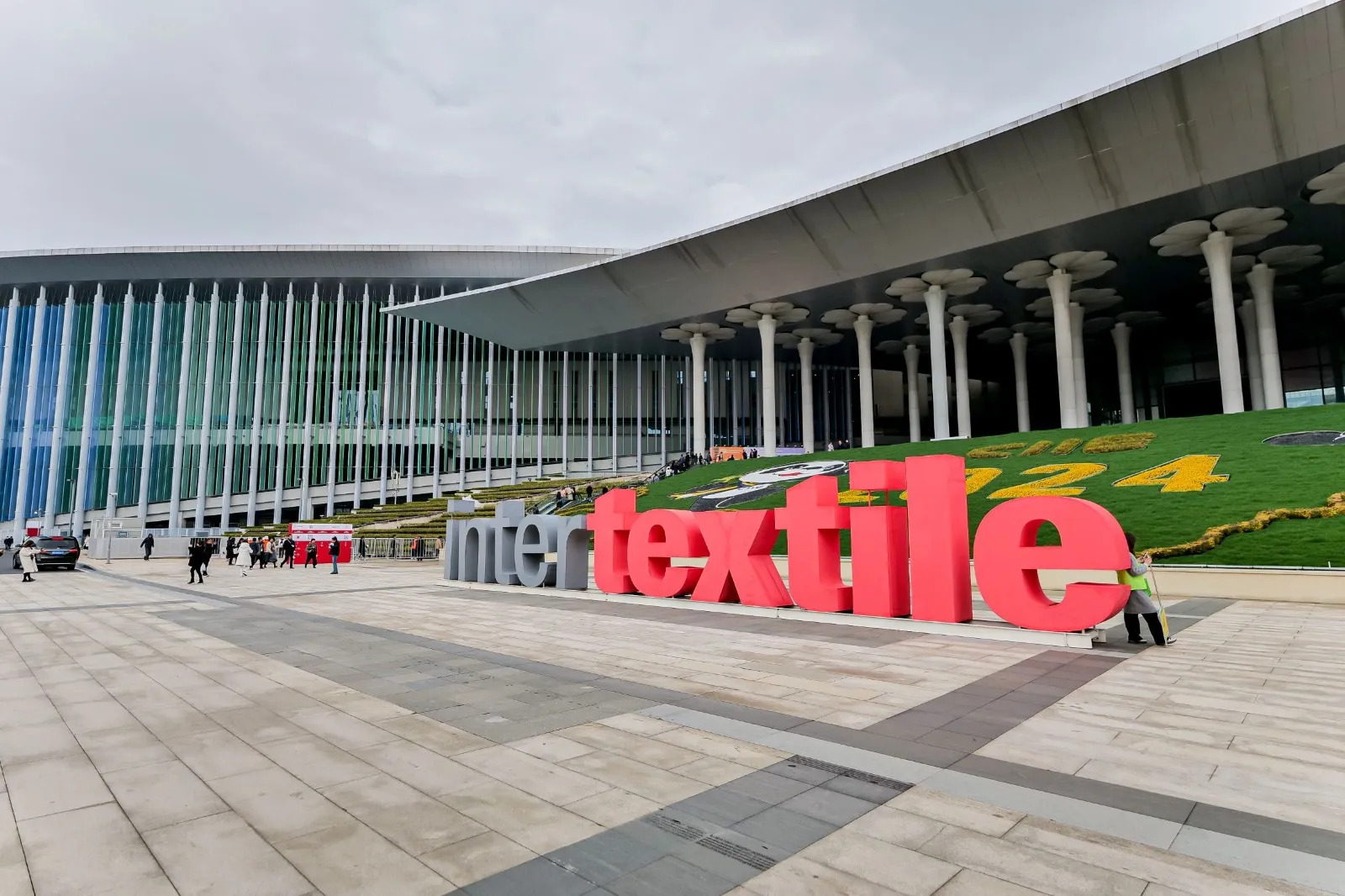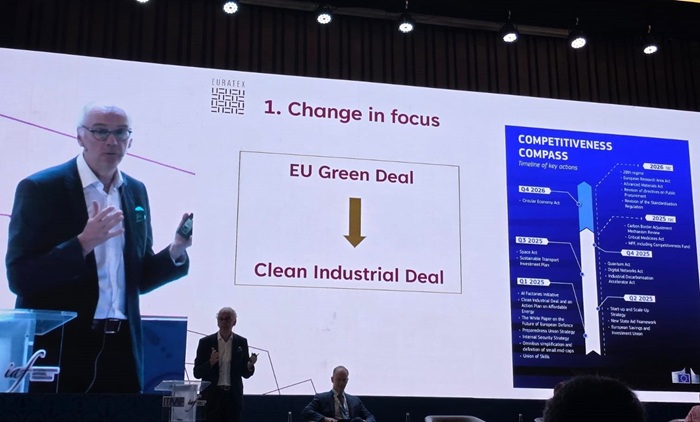A new report by Technavio predicts, fueled by the increasing purchasing power of Gen Z and Gen Alpha consumers, the global fast fashion market will expand at a CAGR of 11 per cent adding $79.2 billion between 2024 and 2029.
North America is likely to be the key growth driver of this market during the period, with women leading purchases. Instagram and other social media platforms will continue to fuel sales for brands like H&M, Boohoo, Forever 21, Primark, Victoria's Secret, and Gap. However, sustainability concerns and potential tariff impacts pose significant challenges.
Despite the optimistic outlook, obstacles like growing awareness of overconsumption and fast fashion's environmental footprint will continue to deter buyers, says the report. The industry's growing landfill waste and water usage, coupled with ethical concerns regarding labor practices, will be under scrutiny, it adds.
Another challenge facing the industry includes tariffs, especially those previously imposed on Chinese imports. While some tariffs are delayed, existing ones, along with the possible elimination of the de minimis exception allowing duty-free entry for goods under $800 threaten many brands. This exception has benefited companies like Shein and Temu. Temu's response has been to establish US logistics partnerships for domestic shipping, a strategy Shein hasn't fully replicated.
According to Technavio, brands can navigate these challenges by adopting personalization, contactless technologies, and exclusive labels, says the report. They can meet customers evolving needs by balancing affordability, sustainability, and consumer preferences, it adds.












